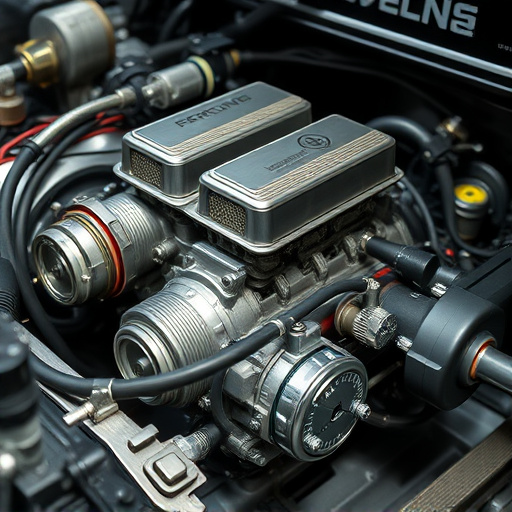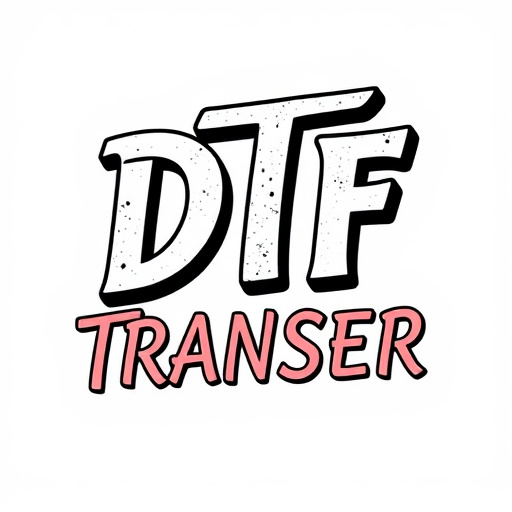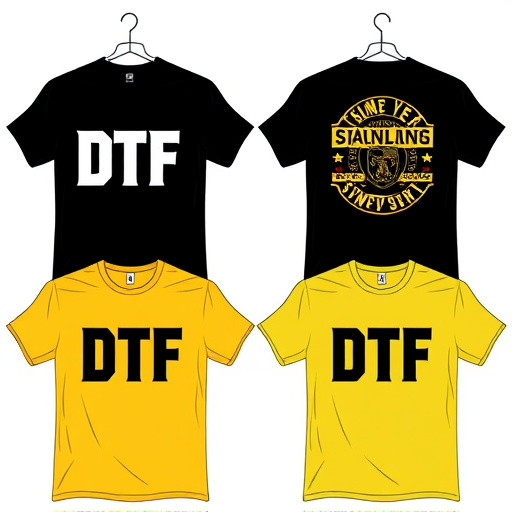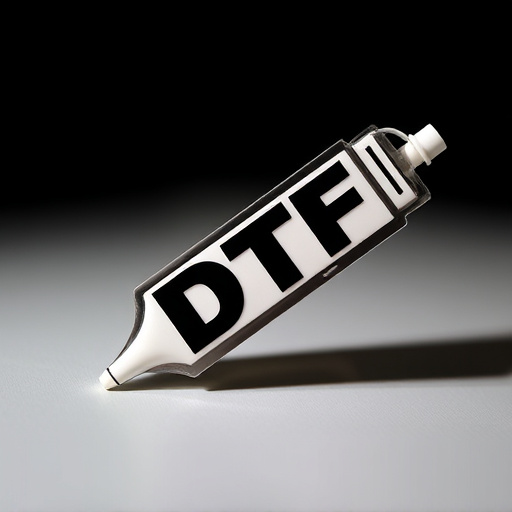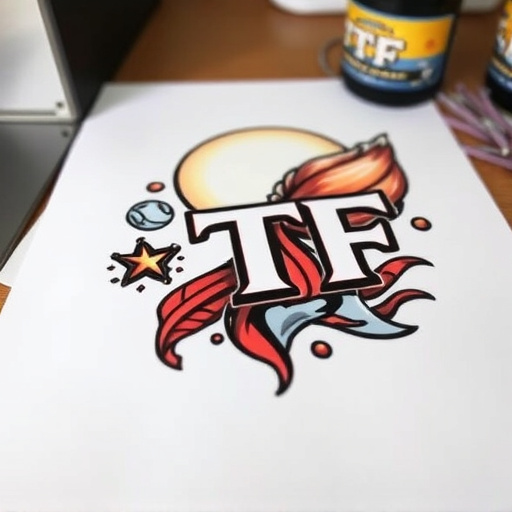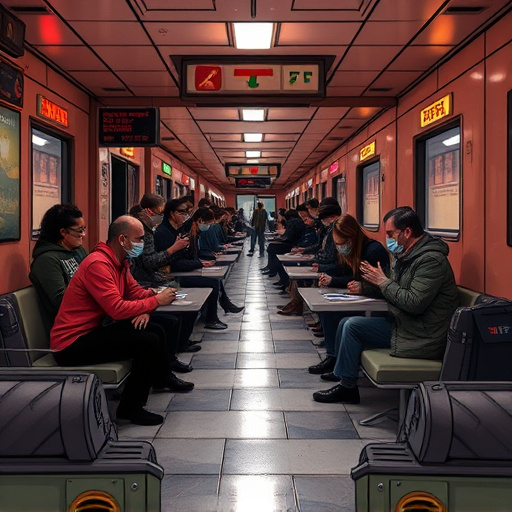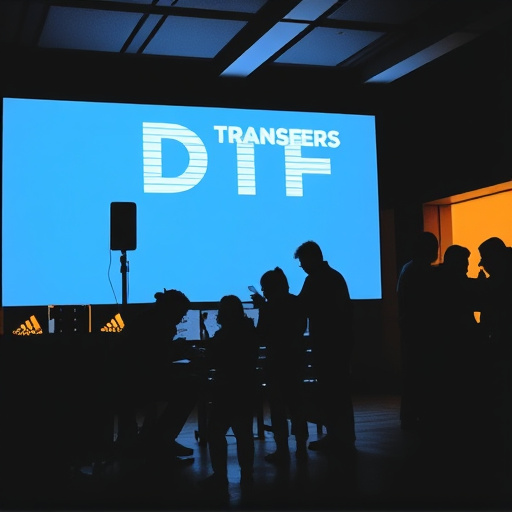DTF (Direct to Film) RIP software is a crucial tool for modern print workflows, especially in peel film printing. It acts as a bridge between design creation and physical printing, converting digital designs into precise instructions for applying intricate details and vibrant colors onto film. The choice between hot and cold peel film workflows depends on factors like production volume, time, design complexity, and material sensitivity. DTF RIP software optimizes both processes, offering swift turnaround times with minimal residue for hot peel films, and cost-effectiveness with intricate detail preservation for cold peel films. Online DTF ordering platforms make this technology accessible to businesses of all sizes, while its customizable settings enable graphic designers and printers to achieve superior print quality and efficiency across diverse media types and complex layouts.
“Unleash the power of precise printing with DTF RIP Software, a game-changer in peel film workflows. This innovative tool optimizes the print process for both hot and cold applications, ensuring exceptional results. Dive into this comprehensive guide to explore how DTF RIP Software streamlines production, enhances accuracy, and caters to diverse industry needs. Understand its role in managing complex peel film printing, comparing hot vs. cold processes, and discover the benefits that make it an indispensable asset for professionals.”
- Understanding DTF RIP Software and Its Role in Peel Film Printing
- Hot vs Cold Peel Film Workflows: Advantages and Applications
- How DTF RIP Software Enables Efficient and Accurate Print Results
Understanding DTF RIP Software and Its Role in Peel Film Printing
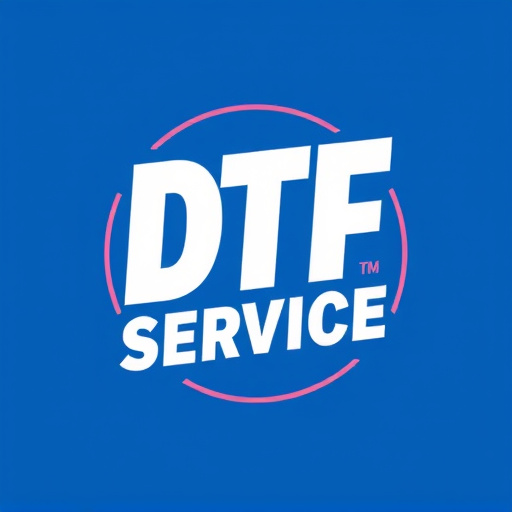
DTF (Direct to Film) RIP software plays a pivotal role in modern print workflows, particularly for peel film printing. This specialized software is designed to interpret digital designs and convert them into precise instructions for direct application onto film. By serving as an intermediary between design creation and physical printing, DTF RIP software ensures that intricate details and vibrant colors are accurately transferred from the digital realm to the physical medium of film.
Understanding the intricacies of DTF applications involves grasping both the technical capabilities of the software and the specific requirements of direct to film transfers. The software analyzes design elements, including lines, curves, and color gradients, translating them into a sequence of commands that guide the printing process. This precise control over the transfer process is what enables the creation of high-quality, intricate patterns typically seen in peel film designs, catering to various applications from fashion to automotive industries.
Hot vs Cold Peel Film Workflows: Advantages and Applications
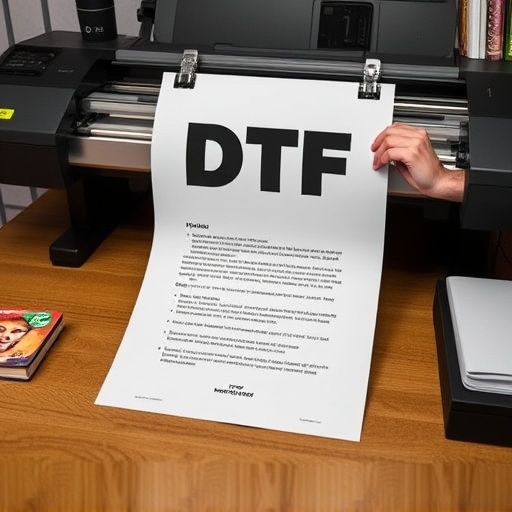
The choice between hot and cold peel film workflows depends on various factors, each with distinct advantages. DTF RIP Software plays a pivotal role in facilitating these processes, enabling efficient management of both methods. Hot peel films involve applying heat to swiftly separate the print from the film, suitable for quick turnaround times and ideal for small-batch runs or when speed is paramount. This method leaves minimal residue, ensuring clean substrates without requiring extensive post-processing.
In contrast, cold peel films rely on chemical solutions or time to gently separate the printed layer from the film. This approach is advantageous for larger productions where cost-effectiveness is a priority. It also excels in preserving intricate design details and is suitable for materials sensitive to heat. DTF design requirements and transfers are seamlessly integrated into this workflow, allowing for precise control over design accuracy and finish. Furthermore, dtf online ordering platforms streamline the process, making it accessible for businesses of all scales.
How DTF RIP Software Enables Efficient and Accurate Print Results
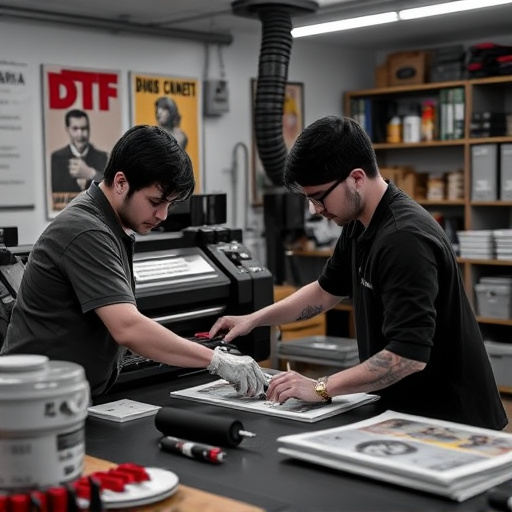
DTF RIP Software plays a pivotal role in enhancing print precision and productivity for graphic designers and printers. By optimizing the rip process, it ensures that digital designs are accurately transformed into physical prints, be it on various media types or complex layouts. This software is particularly adept at handling direct to film (DTF) transfers, enabling users to achieve seamless results without compromise.
The efficiency of DTF RIP Software lies in its ability to customize settings for different printing scenarios. Whether you’re working with dtf transfer by size requirements or focusing on creating high-quality dtf heat transfers, the software allows precise control over color profiles, resolution, and other parameters. This level of customization ensures that every print meets the desired specifications, delivering exceptional visual outcomes.
DTF RIP software plays a pivotal role in modern peel film printing, offering both hot and cold workflow solutions. By optimizing the rip process, it ensures efficient and accurate print results, catering to diverse applications. Whether for vibrant, bustling designs or intricate, gossamer details, DTF RIP Software is a game-changer, enabling folks to navigate complex printing tasks with ease and precision.






